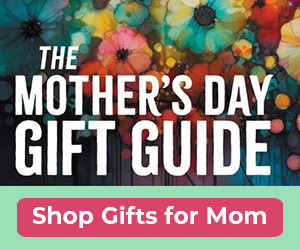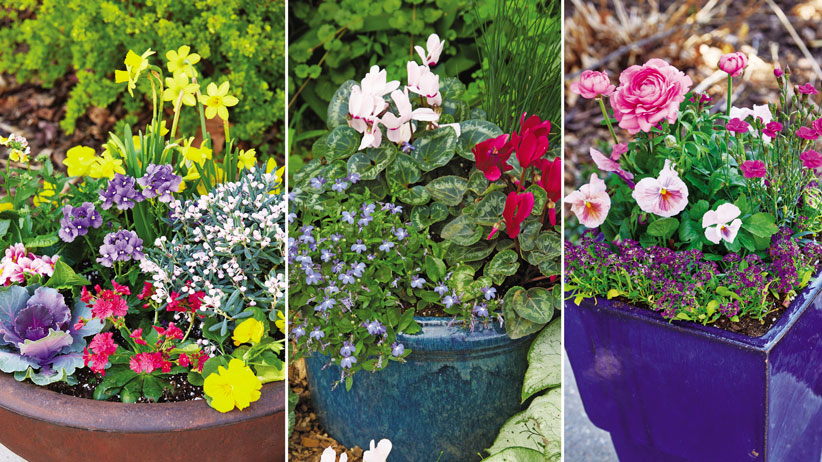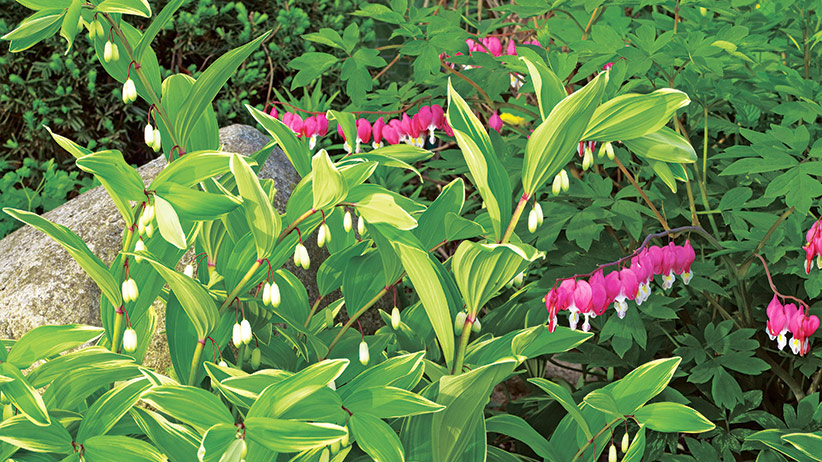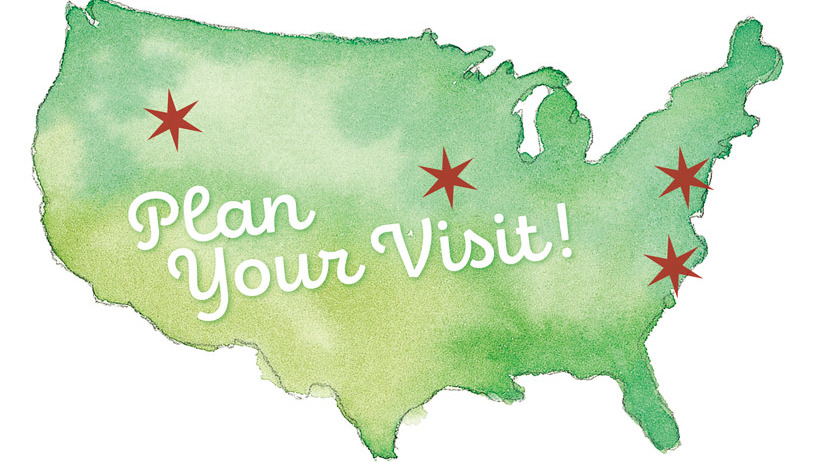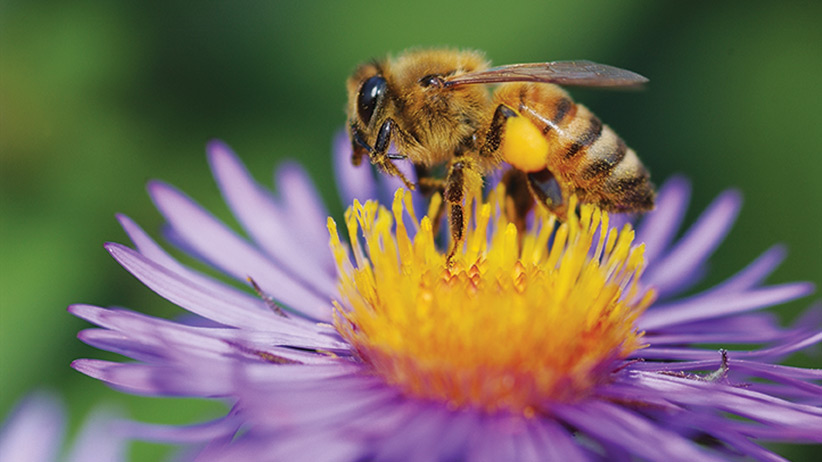
Plant a pollinator garden
One of the biggest reasons for the dwindling pollinator population is habitat loss. Butterflies, bees and other important pollinators are becoming increasingly less common in many residential gardens across the country because of the widespread use of pesticides and a shrinking supply of the nectar-rich flowers they rely on for food. Fortunately, you can play a role in reversing this trend by dedicating a spot in your garden to pollinator-friendly plants to keep local pollinators well fed all season.
Pollination matters
Almost all flowering plants need to be pollinated to produce seeds. And most flowering plants depend on bees, butterflies and other animals (bats, hummingbirds) for pollination.
While there are non-native plants and hybrids that will feed pollinators, you can count on native plants to be attractive to local pollinators because they have co-evolved to rely on each other. Cultivars of native plants — often referred to as “nativars” — can also support pollinators, but not in all cases (see “What is a Nativar?” below).
When planting for pollinators, a succession of blooms is best so nectar and pollen will be available all season. Here are three great-looking plant combinations that can extend your pollinator feast into a full-fledged banquet.
You Might Also Like:
Pollinator Garden Planting Plan
DIY Native Bee House
Design a Garden to Attract More Pollinators
What is a nativar?
Shopping for native plants can be confusing. A growing majority of the plants you find in nurseries are cultivars of native species, often referred to as “nativars.” Plant breeders select plants for a variety of characteristics like interesting leaf traits or flower size and shape. Some of these changes mean that a plant won’t support pollinators as well. When you’re buying plants, choose cultivars that have retained the characteristics that make them attractive to pollinators: flower shape, easy-to-access nectaries and original leaf and petal colors.
For example, the ‘Double Stuff’ Solomon’s seal flowers you see below are the same as the species, so insects can access the pollen just as easily in either the cultivar or the species. But if in doubt, you can’t go wrong with the native species.
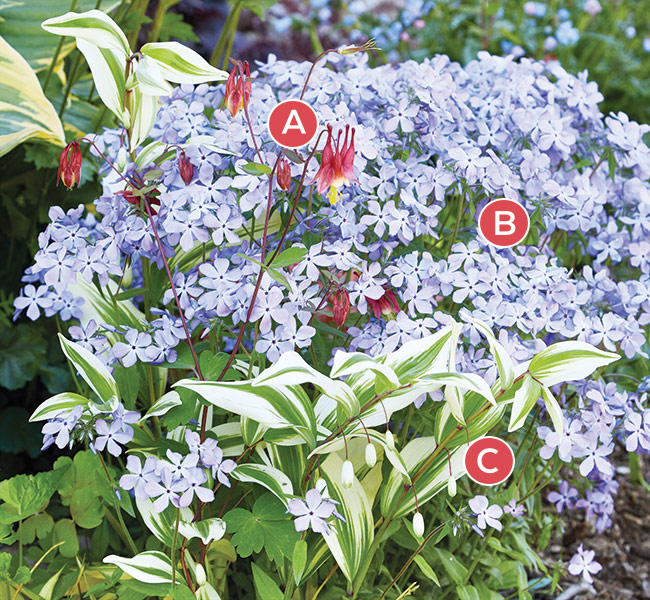
Spring pollinator garden pairing
Bumblebees, solitary bees, butterflies and many other pollinators emerge when the weather warms up, but pollen and nectar can be hard to come by. The sweet nectar hidden among the brightly colored petals of early spring flowers can be a lifeline for hungry pollinators like the ruby-throated hummingbird. Sow seeds after the last frost in spring; once started, native columbine will self-sow for years.
Did you know?
Ruby-throated hummingbirds time their spring migration to coincide with the blooming of wild columbine. They have impeccable memories for food sources. Once your garden is on the menu, they will return every year.
A) Wild columbine Aquilegia canadensis
Perennial; drooping, bell-like red and yellow flowers in spring are especially attractive to hummingbirds; full sun to part shade; 12 to 36 in. tall, 12 to 18 in. wide; cold hardy in USDA zones 3 to 8
B) Woodland phlox Phlox divaricata
Perennial; clusters of lightly fragrant, tubular, lilac, rose or blue flowers in spring are pollinated by long-tongued insects like butterflies; part to full shade; 8 to 16 in. tall, 8 to 12 in. wide; cold hardy in USDA zones 3 to 9
C) Solomon’s seal Polygonatum odoratum pluriflorum ‘Double Stuff’
Perennial; red stalks adorned with white-edged leaves and dangling white, bell-shaped flowers in spring that attract many species of bees; part to full shade; 24 to 26 in. tall, 12 to 16 in. wide;
cold hardy in USDA zones 3 to 8
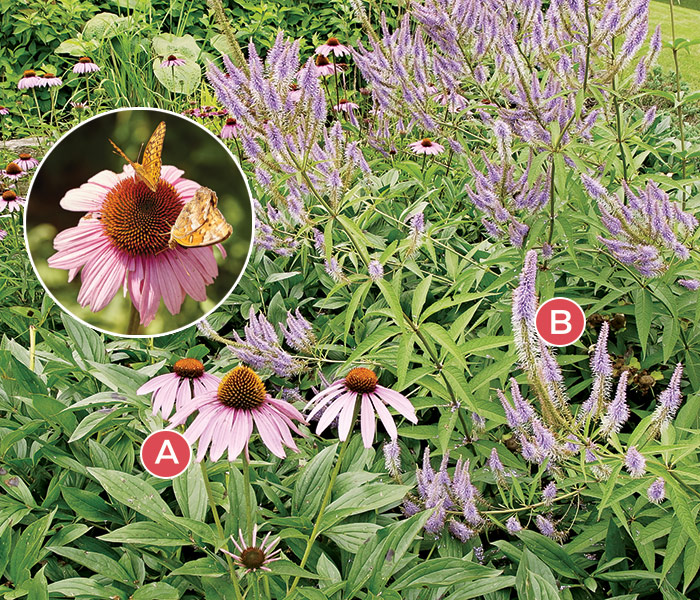
Summer stalwarts
Since spring tends to be the biggest garden center shopping time, most people’s gardens favor plants that look great early on and peter out later. Pollinators — especially bees and butterflies — will appreciate including plants that bloom and thrive in summer’s heat. Native coneflowers are a mainstay in sunny perennial borders for good reason: They bloom for months with no real care beginning in early to midsummer and attract butterflies like you see above. Be sure not to deadhead the spent blooms if you want to attract birds that feed on the dried seedheads. Plant native Culver’s root where it will get at least four hours of direct sun; otherwise it will flop and require support.
A) Purple coneflower Echinacea purpurea
Perennial; purple-pink daisy-like flowers with prominent cones bloom all summer and make a big landing pad for butterflies; full sun to part shade;
24 to 48 in. tall, 18 to 24 in. wide; cold hardy in USDA zones 3 to 9
B) Culver’s root Veronicastrum virginicum
Perennial; spikes of white, pink or blue flowers open from the top down in late spring and are visited by leafcutter bees, bumblebees and sweat bees; full sun; 4 to 6 ft. tall, 2 to 4 ft. wide; cold hardy in USDA zones 3 to 8
You Might Also Like:
Illustrated Butterfly Print
6 Plants Bees Love
Best Flowers for Butterflies
Hummingbird Garden Planting Plan
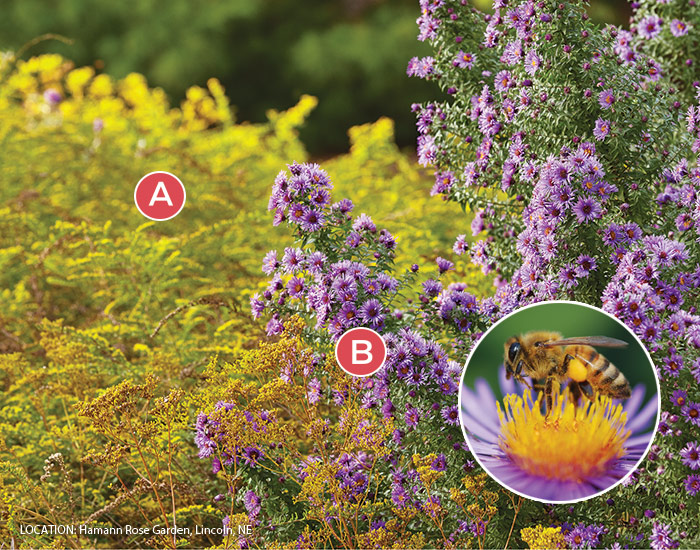
Fall pollinator garden fuel
Many plants have finished flowering by late summer, but bees (like you see above), butterflies, moths, wasps and hoverflies are still foraging for food. Some native plants have evolved to bloom late in the season to supply pollinators with food so they can build up the energy needed for winter hibernation.
Experts say that goldenrod may be our single most important plant to support pollinators. ‘Wichita Mountains’ is a nativar that feeds just as many insects as the original species. And it doesn’t seem to spread as aggressively as many goldenrods do. Keep asters bushy by pinching the top few inches of growth in spring. Don’t pinch the new growth in summer or you’ll remove the flower buds.
A) Goldenrod Solidago ‘Wichita Mountains’
Perennial; tiny, golden yellow flowers arranged in dense, terminal clusters atop stiff, narrow-leaved, reddish stems; full sun to part shade; 24 to 36 in. tall, 24 to 30 in. wide; cold hardy in USDA zones 4 to 9
A) New England aster Symphyotrichum novi-belgii
Perennial; clusters of daisylike pink or purple flowers with yellow centers; visited by native bees and butterflies from late summer to early fall; full sun; 1 to 6 ft. tall, 2 to 3 ft. wide; cold hardy in USDA zones 3 to 8







